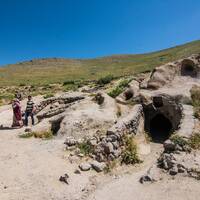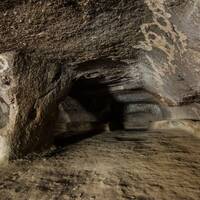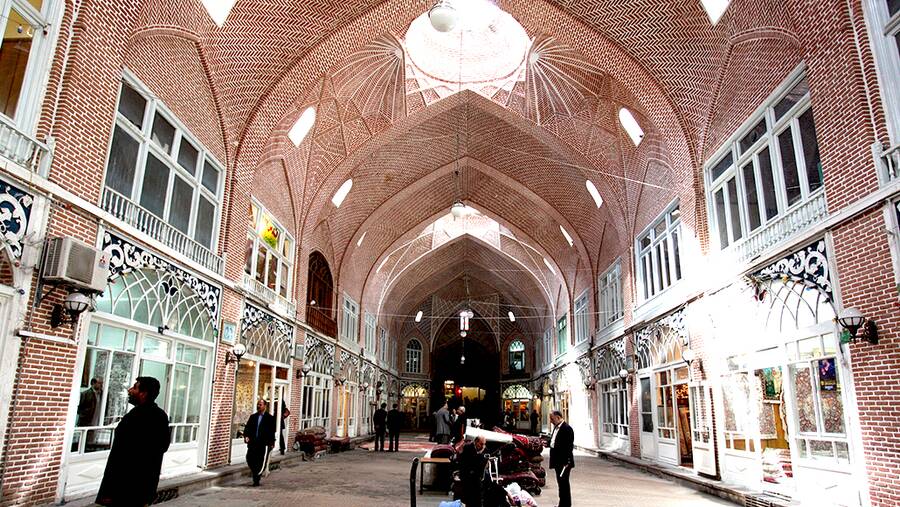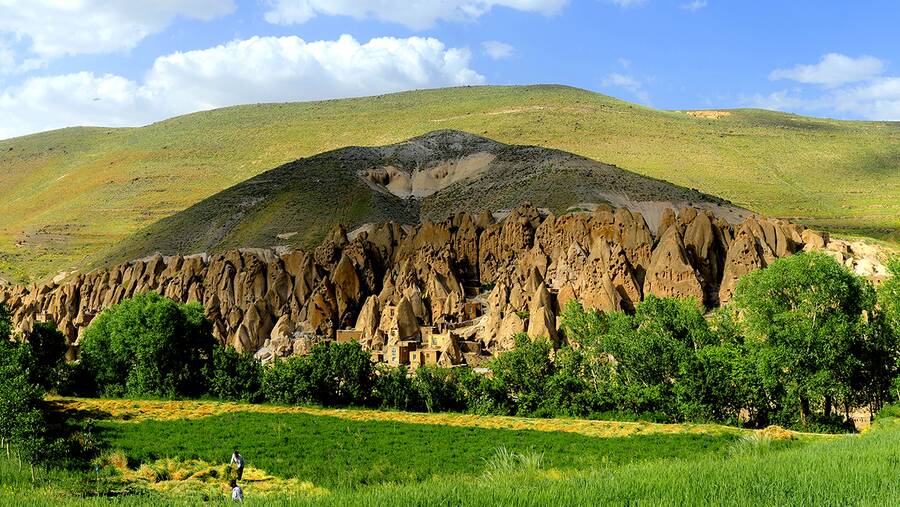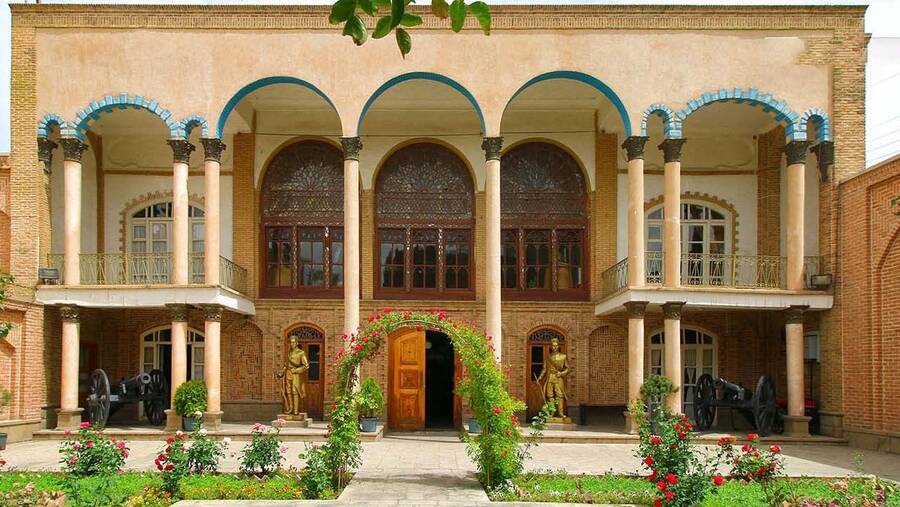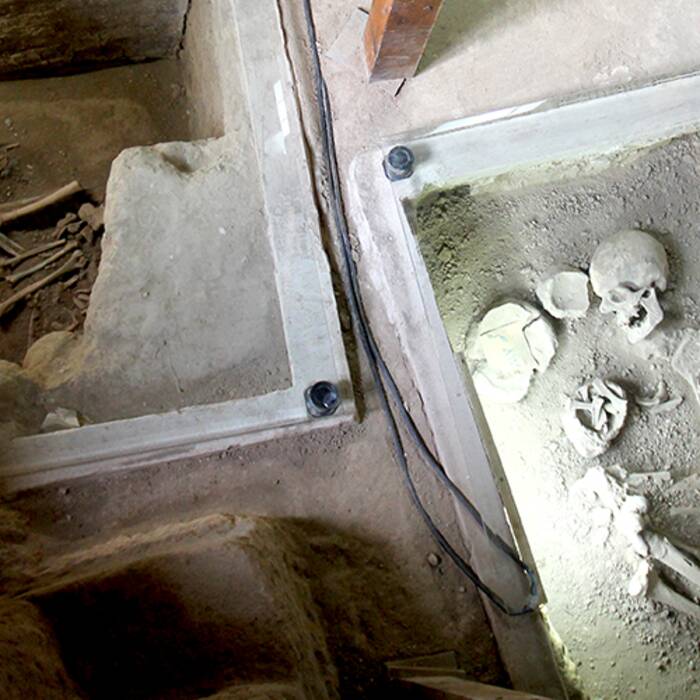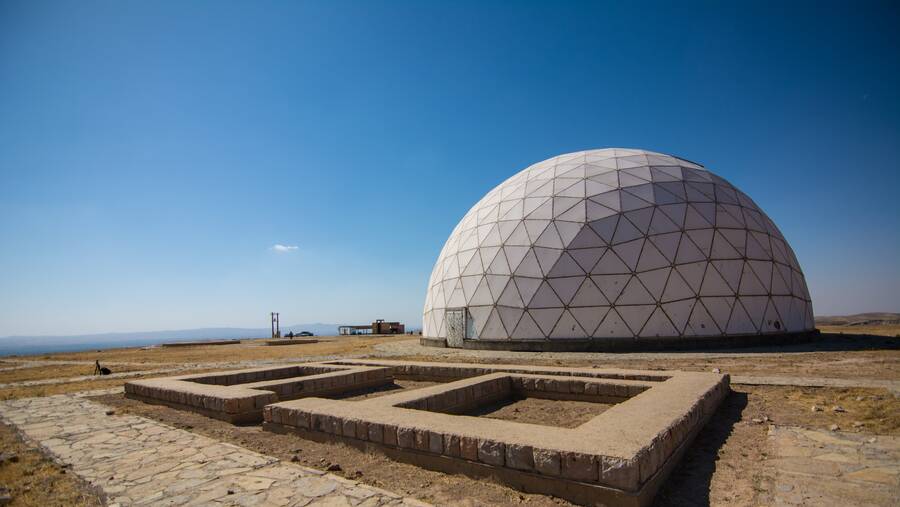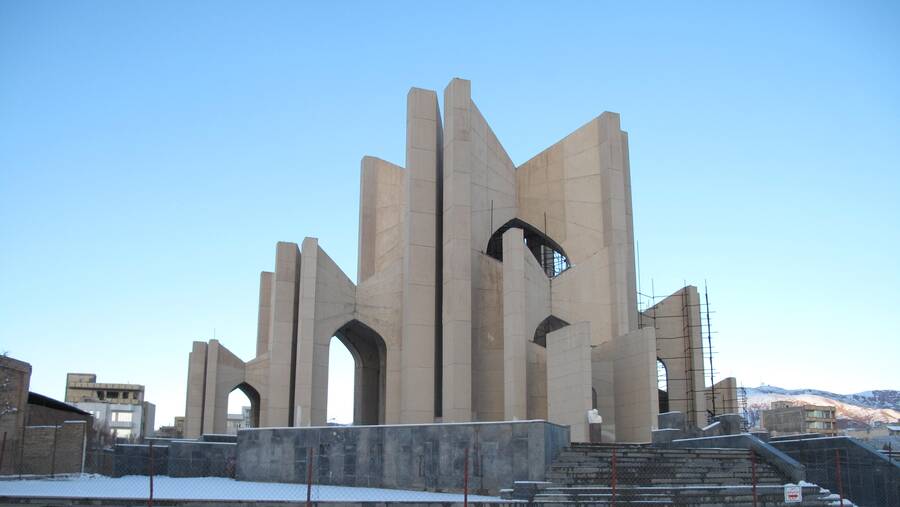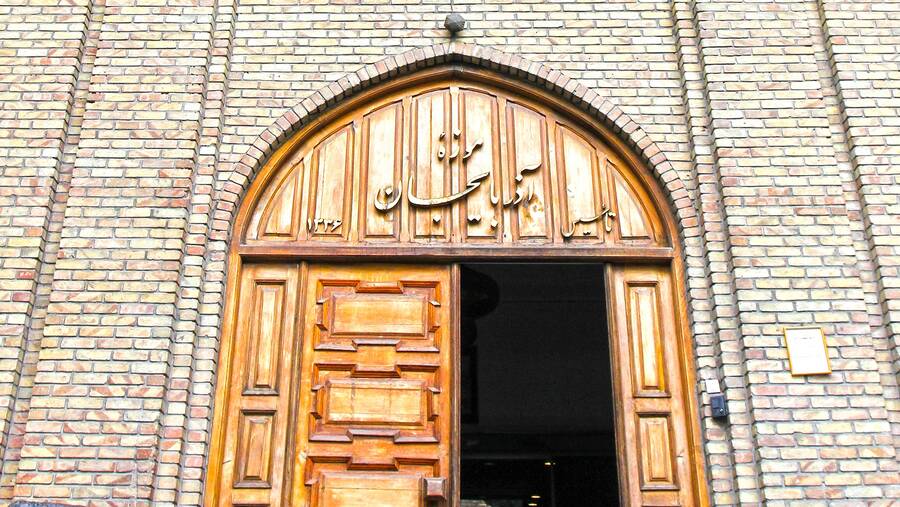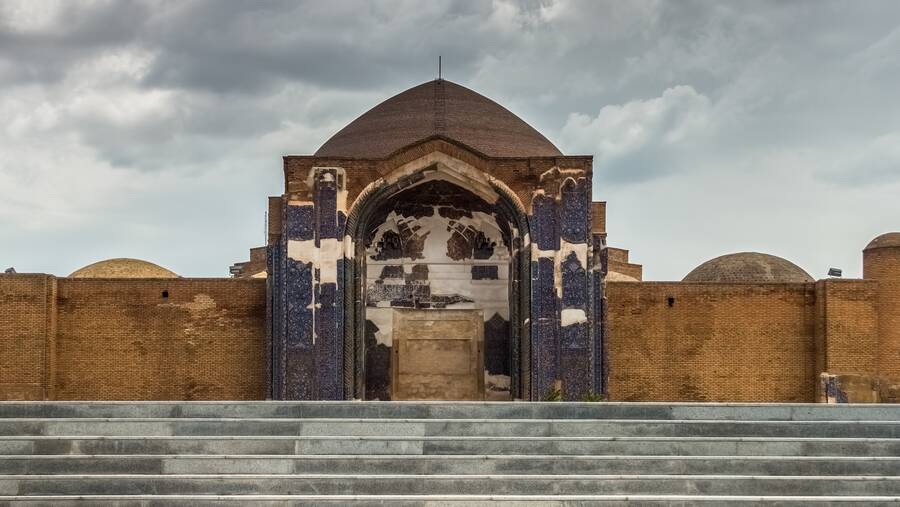The Hilehvar rocky village, Osku, East Azerbaijan Province, is one of the wonders of northwestern Iran. This village is located near another famous fascination of the region called the historical village of Kandovan. Two kilometers from the village of Kandovan, another village has been built, which bears a striking resemblance to Kandovan in terms of the marvel of human and animal habitation and the strange rock architecture. Some experts believe that the idea of building the village of Kandovan was inspired by human settlements in the rocky crevices of the Hilehvar rocky village in Osku, and perhaps the initial residents of Kandovan were people who previously wandered in Osku.
While the exact reason behind the carving and settling within the rocks in northwestern Iran and some other regions of the country is not clear, some experts believe that the name of this village, encompassing the word "deception," originates from the original idea of its construction, which was to hide during enemy attacks. When enemies attacked the village of Kandovan, its residents moved towards the Hilehvar rocky village to conceal themselves in these beautiful rock cavities. The number of these houses is estimated to be over 200 units, constructed in the form of interlocking caves and various rooms, ensuring the residents' safety.
In this form of settlement, humans and livestock lived together in a single place, with only the human living area about half a meter higher than the animal living area, resembling a guard room. In this form of living in the cold and mountainous climate of northwestern Iran, animals could also benefit from the warmth inside the houses. Additionally, this method indicates that most of the inhabitants of this village were engaged in agriculture and animal husbandry, along with arts such as carpet weaving, kilim weaving, and Varni weaving. Furthermore, the discovery of units with ovens indicates cooking or using them for heating.
Various uses like residential, funerary, ritual, and defensive have been proposed for this form of rock-cut architecture at the foot of the mountain. Some of these carvings were made by humans with simple tools, while others were the result of geological and volcanic activities. The village of Kandovan in Tabriz, Meymand in Kerman, Nakhsh-e Rostam Rock Tombs in Fars Province, the rock-cut sanctuary of Qizqapan in Sulaymaniyah, Iraq, and the stone trenches of Abarkuh with a defensive function are examples similar to the Hilehvar rocky village in Osku.
The exact history of the Hilehvar rocky village in Osku is not clear, while narratives around it are numerous and sometimes contradictory. Some mention settlements from the 7th to the 12th century, during the Ilkhanid and Safavid periods, while others claim that the village was deserted in the 7th century due to the Mongol invasion. In any case, the existence of a cemetery 300 kilometers northwest of the village indicates its habitation during the Islamic period.
The Hilehvar rocky village is located in the north of the city of Osku, 44 kilometers from Tabriz and two kilometers north of Kandovan. The architectural structure of this village is nestled at the foot of one of the northwestern heights of the Sahand volcano. It is not easily visible because it has been concealed underground. Additionally, the village is located at the lower part of the mountain slope, parallel to the terrain which leads the rivers’ waters to flow down during the rainy seasons. For this reason, when the village was discovered, many of its interior spaces were filled with mud, debris, and floods over the years. Almost fifty unites of the structure were evacuated and prepared for public visitation, around 2005, through stone-cutting operations and water entry prevention. The restoration and preservation of this rocky village are still in process by the Cultural Heritage Administration of the county. It is estimated that many other similar spaces still lie buried in the ground. This can turn Osku into a suitable destination for domestic and international tourism in the coming years. Therefore, if you go to Tabriz to visit the village of Kandovan, do not miss the opportunity to visit the Hilehvar rocky village nearby. Interestingly, there are other amazing rocky villages in this province that you may have heard less about: Sur and Hamamli villages.
